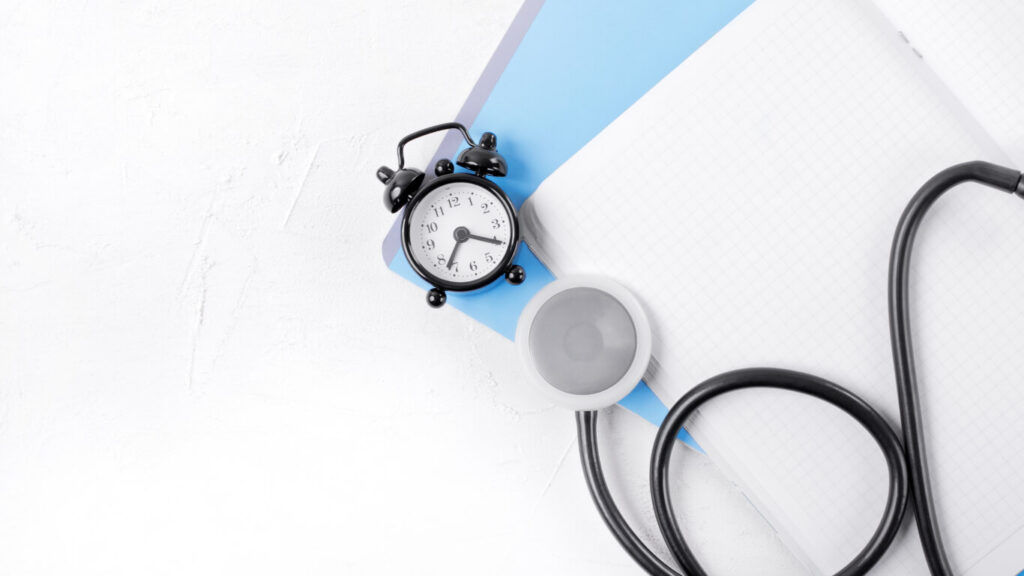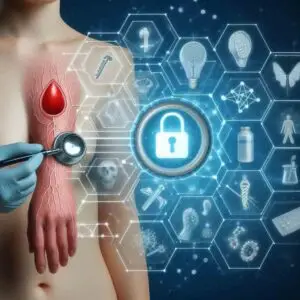The Importance of Regular Checkups For Lymphedema
Living with lymphedema can feel overwhelming, but with the right strategies, including regular checkups, it is possible to manage your condition effectively. Whether you are newly diagnosed or have been living with lymphedema for years, understanding the importance of consistent medical care and monitoring is key to improving your quality of life. In this post, we’ll explore why routine checkups are crucial and how they can help you stay ahead of complications.
Key Takeaways
- Lymphedema is caused by disruptions in the lymphatic system, often due to cancer treatment or other medical conditions.
- Recognizing early signs of lymphedema and seeking timely treatment can prevent complications.
- Regular checkups with a certified lymphedema therapist or specialist are essential for effective management.
- Lifestyle changes, compression garments, and complete decongestive therapy can improve outcomes.
- Preventive measures, such as monitoring risk factors for lymphedema, can reduce your risk of developing complications.
What is Lymphedema and How Does It Happen?
What Causes Lymphedema?
Lymphedema occurs when there is a blockage or damage to the lymphatic system, leading to the buildup of lymphatic fluid in tissues. This swelling, often seen in the arms or legs, can result from cancer treatment that removes or damages lymph nodes, infections, or certain surgeries. There are two main types of lymphedema:
- Primary lymphedema is caused by genetic or developmental issues with the lymphatic system.
- Secondary lymphedema develops due to external factors such as surgery, radiation, or trauma.
Understanding these causes helps patients and providers develop targeted treatment plans to reduce the risk of lymphedema.
How Does the Lymphatic System Relate to Lymphedema?
The lymphatic system is a network of vessels and nodes responsible for filtering and draining lymph fluid, helping to maintain fluid balance and support immune function. Damage to this system, such as from breast cancer surgery or radiation, can lead to lymph fluid accumulation, causing swelling in the affected area. The condition can progress without proper care, resulting in complications like infections or reduced mobility.
What Are the Stages of Lymphedema?
Lymphedema progresses in stages, making early diagnosis and treatment crucial:
- Stage I Lymphedema: Mild swelling that improves with elevation and may not cause noticeable discomfort.
- Stage II Lymphedema: Persistent swelling and fibrosis, which requires active management.
- Stage III Lymphedema: Severe swelling with significant tissue changes, often seen in lower limb or upper extremity lymphedema.
What Are the Symptoms of Lymphedema?
How to Recognize the Signs of Lymphedema?
Recognizing early signs of lymphedema can prevent its progression. Common indicators include:
- Persistent swelling in the arms or legs.
- A feeling of heaviness or tightness in the affected area.
- Changes in skin texture, such as hardening or thickening.
- Difficulty moving the affected arm or leg.
If you experience these symptoms, consult a lymphedema specialist to confirm the diagnosis and begin treatment.
What Parts of the Body Are Affected by Lymphedema?
While lymphedema is most common in the arms or legs, it can also affect other areas of the body, including the head and neck, chest, or genitals, depending on the cause. For example, breast cancer-related lymphedema often impacts the arm on the side of the surgery, while lower extremity lymphedema may result from pelvic surgeries.
Can Lymphedema Be Prevented?
What Are the Risk Factors for Lymphedema?
Certain factors increase the risk for lymphedema, including:
- Cancer treatment, especially surgeries involving lymph node removal.
- Radiation therapy can damage the lymphatic system.
- Infections or injuries to areas with compromised lymphatic drainage.
- Genetic predispositions leading to primary lymphedema.
How Can Patients Reduce the Risk of Lymphedema?
Preventive measures include:
- Protecting the affected area from injuries or infections.
- Maintaining a healthy weight through diet and exercise.
- Wearing compression garments during activities that strain the lymphatic system.
- Monitoring for early signs of lymphedema and seeking treatment right away.
How Is Lymphedema Diagnosed?
What Tests Are Used to Diagnose Lymphedema?
Diagnosing lymphedema involves several methods:
- Physical examination to assess swelling and skin changes.
- Imaging tests, such as lymphoscintigraphy, to evaluate lymph flow.
- Ultrasound or MRI to rule out other conditions.
How Does a Certified Lymphedema Therapist Assess the Condition?
A certified lymphedema therapist conducts a detailed evaluation, including:
- Measuring limb circumference to track changes.
- Assessing the patient’s medical history, including past cancer treatment.
- Developing a personalized treatment plan tailored to the patient’s needs.
What Are the Treatment Options for Lymphedema?
What Is Complete Decongestive Therapy?
Complete decongestive therapy (CDT) is the gold standard for lymphedema treatment, combining several techniques:
- Manual lymphatic drainage (MLD): A specialized massage to stimulate lymphatic fluid flow.
- Compression garments and bandages to prevent fluid buildup.
- Skin care to avoid infections.
- Exercise to improve circulation.
How Do Compression Garments Help Manage Lymphedema?
Compression garments apply pressure to the affected area, reducing swelling and supporting the lymphatic system. They are essential for managing lymphedema daily and preventing further complications.
When Should Treatment for Lymphedema Begin?
Early intervention is critical. Patients should begin treatment as soon as they notice symptoms of lymphedema or receive a diagnosis of lymphedema. This proactive approach can prevent progression and improve long-term outcomes.
Managing Lymphedema: Tips and Strategies
What Lifestyle Changes Can Help in Managing Lymphedema?
Adopting a few key lifestyle changes can make a significant difference:
- Staying active with gentle exercises to promote lymphatic flow.
- Avoid tight clothing or accessories that restrict circulation.
- Practicing good skin hygiene to prevent infections in the affected area.
How Can Patients Work with a Lymphedema Specialist?
Collaborating with a certified lymphedema specialist ensures personalized care. They can:
- Provide expert guidance on lymphedema management.
- Recommend the right compression garment for your condition.
- Offer education and support to empower you in managing your condition.
What Role Do Regular Checkups Play in Managing Lymphedema?
Routine checkups are essential for monitoring the condition, adjusting treatments, and addressing complications promptly. Seeing a lymphedema therapist or provider regularly helps keep symptoms in check and improves the overall quality of life.
FAQ
What Is Lymphedema?
Lymphedema is when fluid accumulates in tissues due to a compromised lymphatic system, often resulting from cancer treatment or infections.
Can Lymphedema Be Cured?
There is no cure for lymphedema, but effective treatments like complete decongestive therapy can manage the condition.
Who Should I See for Lymphedema Care?
Consult a certified lymphedema therapist or a specialist trained in diagnosing and treating lymphedema.





